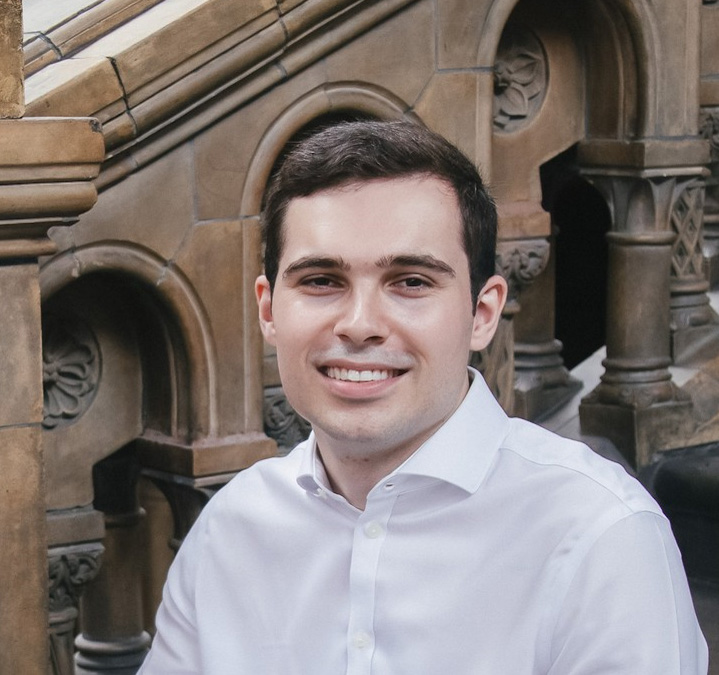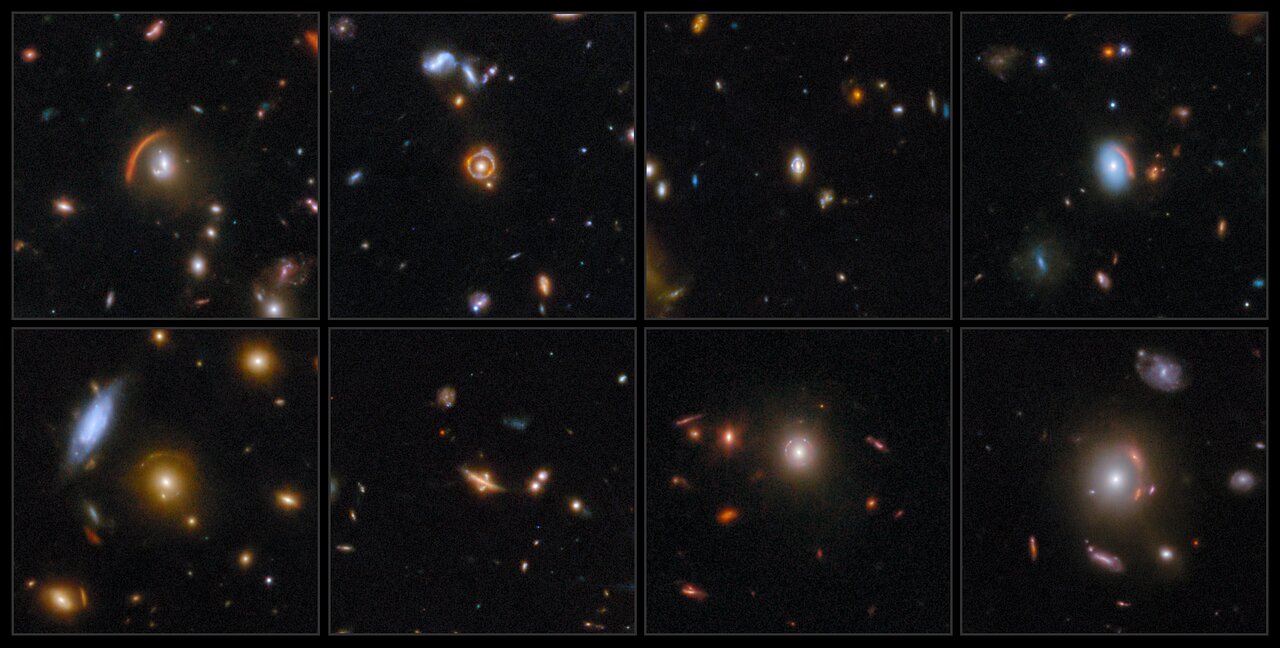Durham astrophysicists’ key contributions to cosmic discoveries
Published:
Recommended citation: "These observations are tremendously exciting: they demonstrate the capabilities of this precision instrument, while already pushing the cutting-edge in astrophysics. Among the results, it is astonishing that Euclid has already discovered 500 gravitational lens candidates substantially adding to the total of approximately 1,000 previously known lensed galaxies, which took over 40 years to discover! At this rate, Euclid is expected to observe 200,000 such objects over six years of the survey. These observations, together with the two billion galaxies Euclid will image, will help us understand how dark matter is distributed in the Universe and may allow us to uncover its nature. " - MvWK https://www.durham.ac.uk/news-events/latest-news/2025/03/euclid-q1-data-release/


.png)

 Marking of weekly problems sheets on cosmology as part of the 15-credit 3rd-year undergraduate course
Marking of weekly problems sheets on cosmology as part of the 15-credit 3rd-year undergraduate course  Convening and demonstrating of weekly tutorials as part of the 15-credit 1st-year undergraduate course
Convening and demonstrating of weekly tutorials as part of the 15-credit 1st-year undergraduate course  Guest lecture as part of the 2nd-year undergraduate course
Guest lecture as part of the 2nd-year undergraduate course